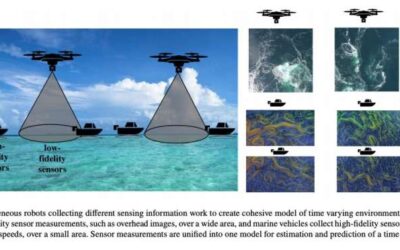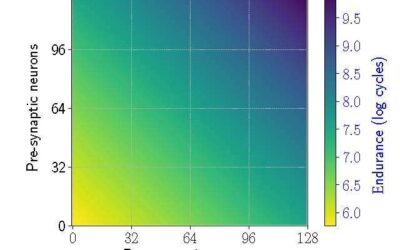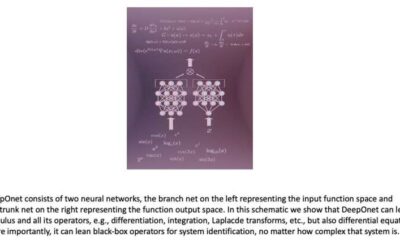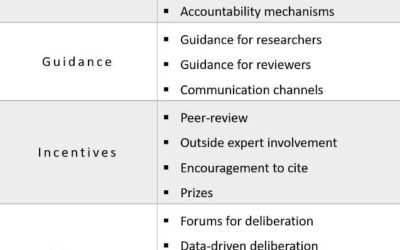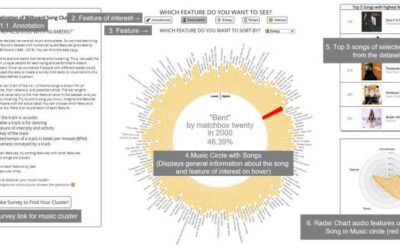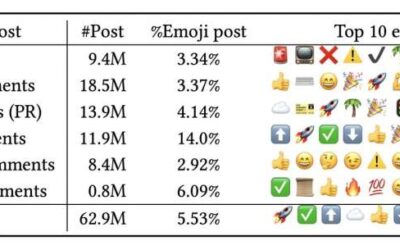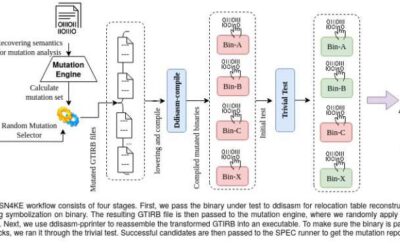In recent years, computer scientists and roboticists have developed a variety of technological tools to aid human agents during critical missions, such as military operations or search and rescue efforts. Unmanned aerial vehicles (UAVs) have proved to be particularly...
Computer Sciences
Using different teams of robots to model environmental processes
Teams of multiple robots could help to tackle a number of complex real-world problems, for instance, assisting human agents during search and rescue missions, monitoring the environment or assessing the damage caused by natural disasters. Over the past few years,...
eSpine: A technique to increase the usable lifetime of neuromorphic systems
In recent years, engineers worldwide have been trying to develop increasingly advanced and efficient neuromorphic computing systems, devices that mimic the neuro-biological structure of the central nervous system. Due to their bio-inspired architectures, these systems...
DeepONet: A deep neural network-based model to approximate linear and nonlinear operators
Artificial neural networks are known to be highly efficient approximators of continuous functions, which are functions with no sudden changes in values (i.e., discontinuities, holes or jumps in graph representations). While many studies have explored the use of neural...
Motiv Space Systems’ Vice President of Business Development Discusses Motiv’s Collaboration with NASA
Motiv Space Systems, a Pasadena-based company specialised in space robotics, is collaborating with NASA JLP on the development of the Cold Operable Lunar Deployable Arm (COLDArm), a sophisticated robotic arm that can efficiently operate on the Moon and in other...
MolMapNet: An out-of-the-box deep learning model to predict pharmaceutical properties
Over the past few decades, computer scientists have developed deep learning tools for a broad variety of applications, including for the analysis of pharmaceutical drugs. Most recently, deep learning models that predict the properties of pharmaceuticals have been...
Exploring the impact of broader impact requirements for AI governance
As machine learning algorithms and other artificial intelligence (AI) tools become increasingly widespread, some governments and institutions have started introducing regulations aimed at ensuring that they are ethically designed and implemented. Last year, for...
Music Circles: An interactive data visualization tool that helps users discover new music
Today, users can listen to music and discover new artists, songs or albums on a variety of music streaming platforms, including Spotify, Apple Music, Amazon Music Unlimited and more. Many developers have been trying to create tools that could improve these services,...
Patterns in the use of emojis could predict the dropout of remote workers
The COVID-19 pandemic has led to a surge in professionals working remotely as a result of lockdown regulations or merely as a preventive measure. When professionals work remotely, however, it is far harder for employers to get a sense of their job satisfaction,...
SN4KE: A lightweight and scalable framework for binary mutation testing
When developers deliver software to their clients, they often also provide what is known as a 'test suite.' A test suite is a tool that allows users to test software, unveil any bugs it might have and give developers a chance to fix these bugs or other potential issues.


